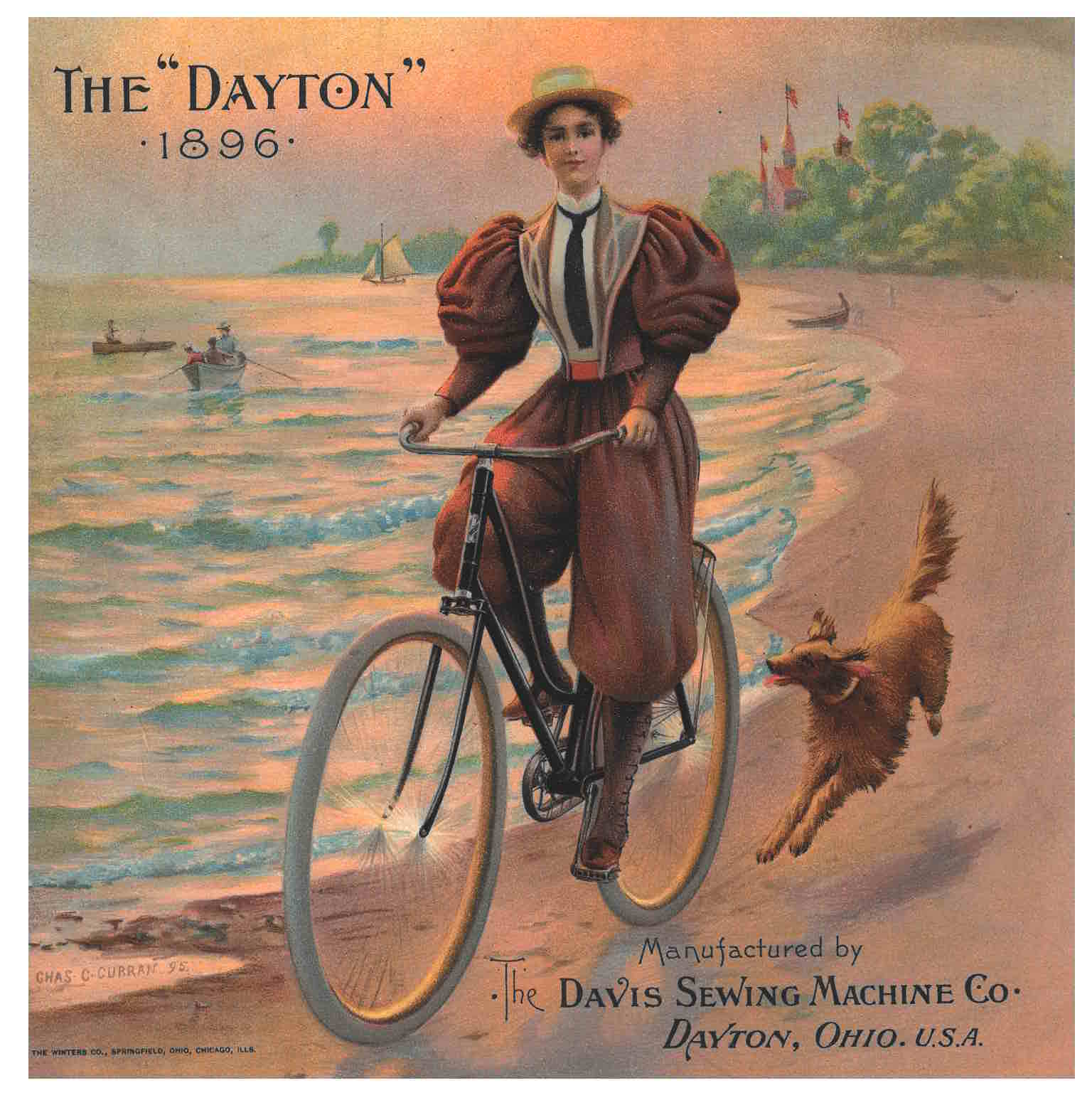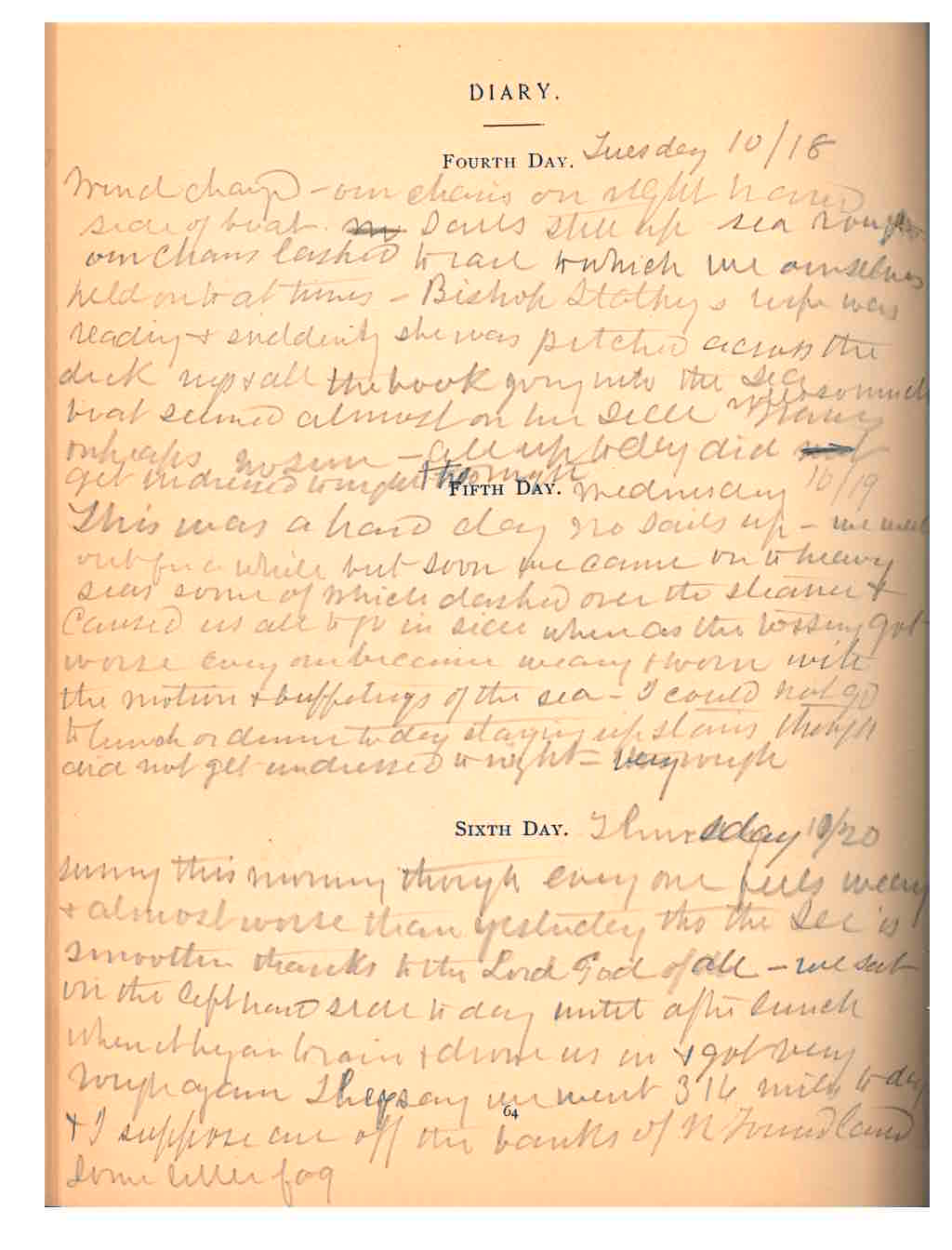Recently, I stumbled across a trade catalog that made me pause. As I looked at its vibrantly illustrated front cover, I thought of relaxing, summer days at the beach. It shows a bicyclist riding along the shoreline, a dog following closely behind, and boats in the distance. I also noticed one more thing. The name of the company refers to sewing machines while the front cover illustrates a bicycle. That observation sparked my curiosity to explore the pages within this catalog.
Category: History and Culture
Join the Smithsonian Libraries and Archives at the Smithsonian National Education Summit on July 27th-28th, 2022. This is a free, two-day, online and in-person program hosted by the Smithsonian for more »
The Smithsonian Libraries and Archives and the Smithsonian’s Center for Folklife and Cultural Heritage open a new exhibition, “Music HerStory: Women and Music of Social Change” at the Smithsonian’s National Museum of more »
At first glance, this trade catalog appears to be typical. It provides general information for steamship travelers. But as I turned to the last few pages, I stumbled across something unexpected. It includes a handwritten diary of a passenger.
Dr. Jason Cavallari is an intern with the Smithsonian Libraries and Archives in pursuit of a certificate in Digital Humanities from George Mason University. He is also an administrator and more »
1996 marked the 150th anniversary of the Smithsonian Institution. It was also in that year that the Office of Public Affairs (OPA) published Asian Pacific American Resources at the Smithsonian. This more »
When it comes to building a new home, there are so many things to consider. Should it be multi-level or one floor? Will it have a basement? Do you want bedrooms on both floors or only on the second floor? What type of building material will be used? The questions might seem endless. If you were building a house in 1909, in particular one made from cement, this catalog of designs might have provided some inspiration.







